Six years building a printer. Eight prototypes. 124 hours of printing.
Six years building a printer. Eight prototypes. 124 hours of printing.
Not a miniature. Not a prototype. A full-sized, functional chair that could hold a person. A chair that took advantage of what 3D printing does best—complex forms, curved shapes, layer-by-layer growth—without fighting the process.
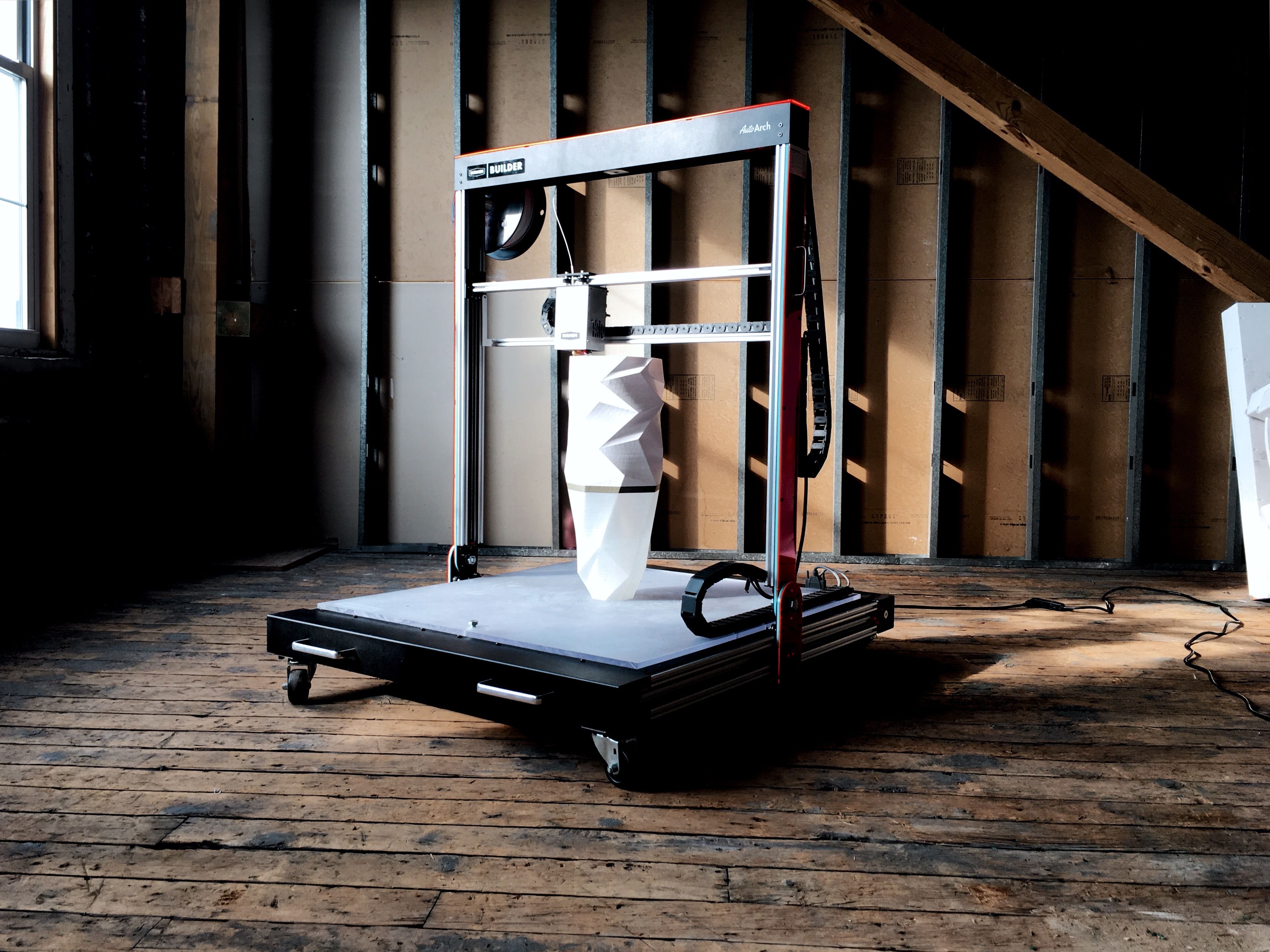

Nature's self-supporting structure

The same principle applied to a chair
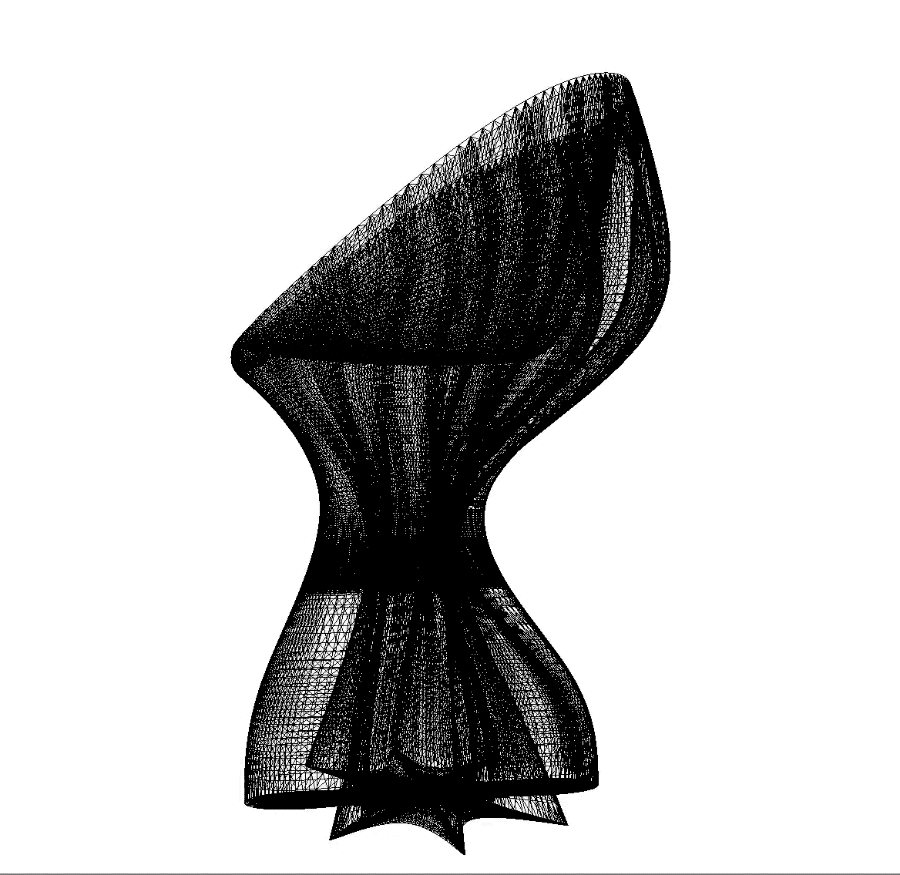
The tree structure wasn't chosen for aesthetics, though it is beautiful. It was chosen because it solved our core constraint: how to 3D print a chair without support material.
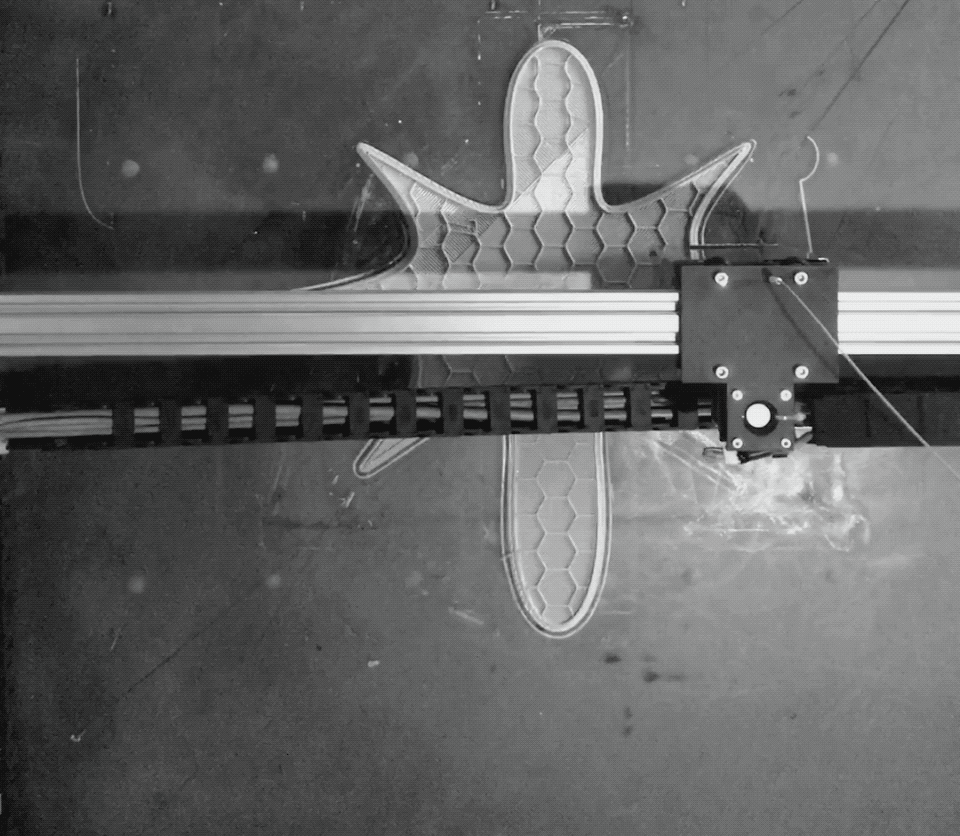
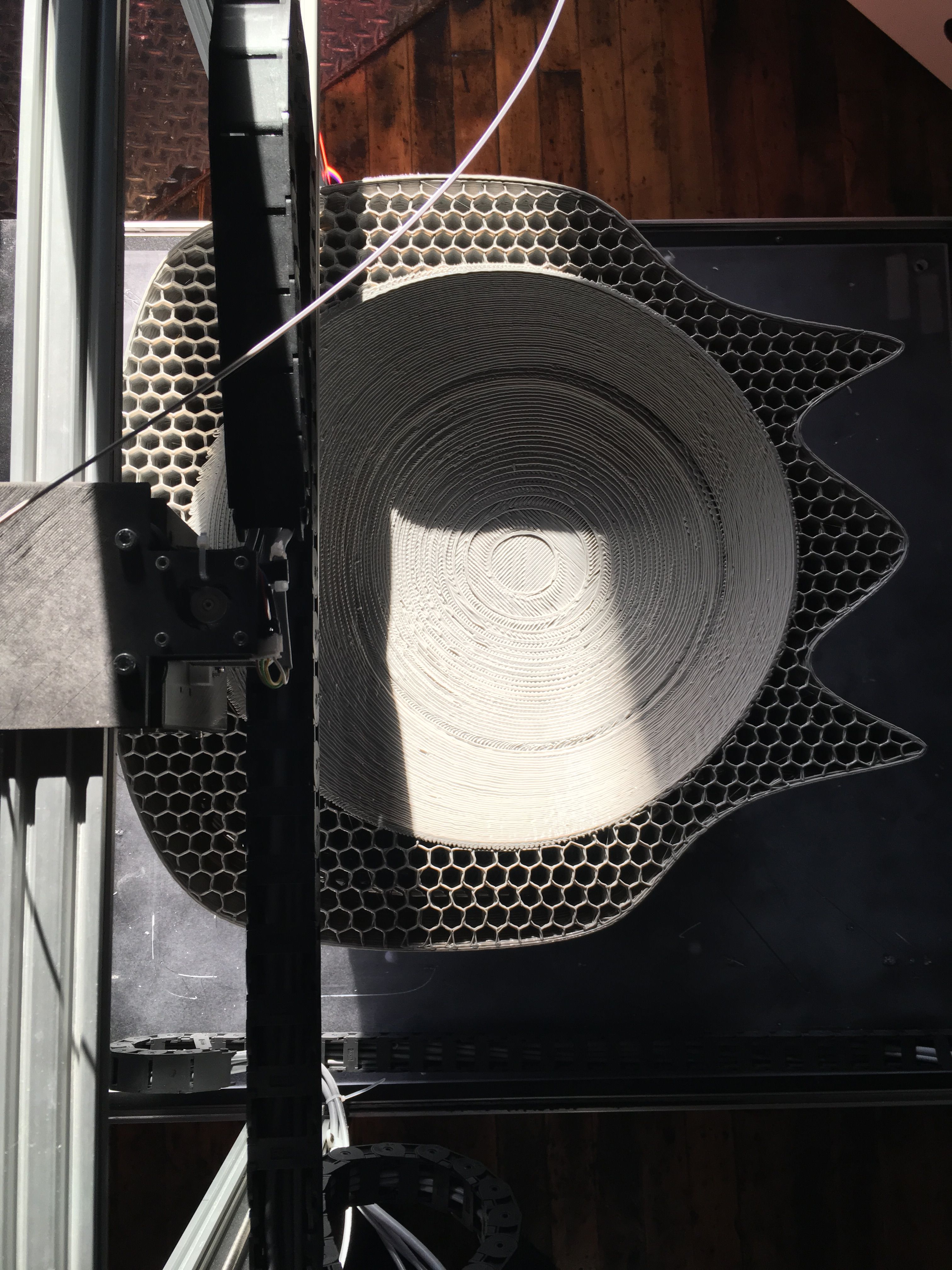
50% - Trunk growing
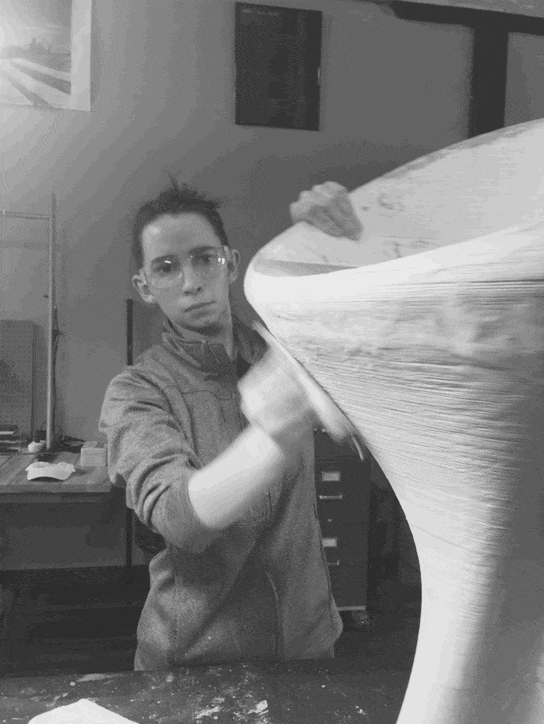
Six years from question to answer. Resolute.
| Title | Resolute Chair |
|---|---|
| Year | 2016 |
| Category | Furniture |
| Technology | Large-scale FDM 3D printing (Budmen Progress™) |
| Materials | PLA (biodegradable plastic), structural resin coating |
| Print Time | 124 hours |
| Development Time | 6 years |
| Printer Versions | 8 iterations of the Progress printer |
| Finish | Hand-sanded, resin-coated with textured finish |
| Weight Capacity | 250+ lbs |
| Design Principle | Biomimicry - tree structure (roots, trunk, canopy) |
| Status | One-of-one piece |